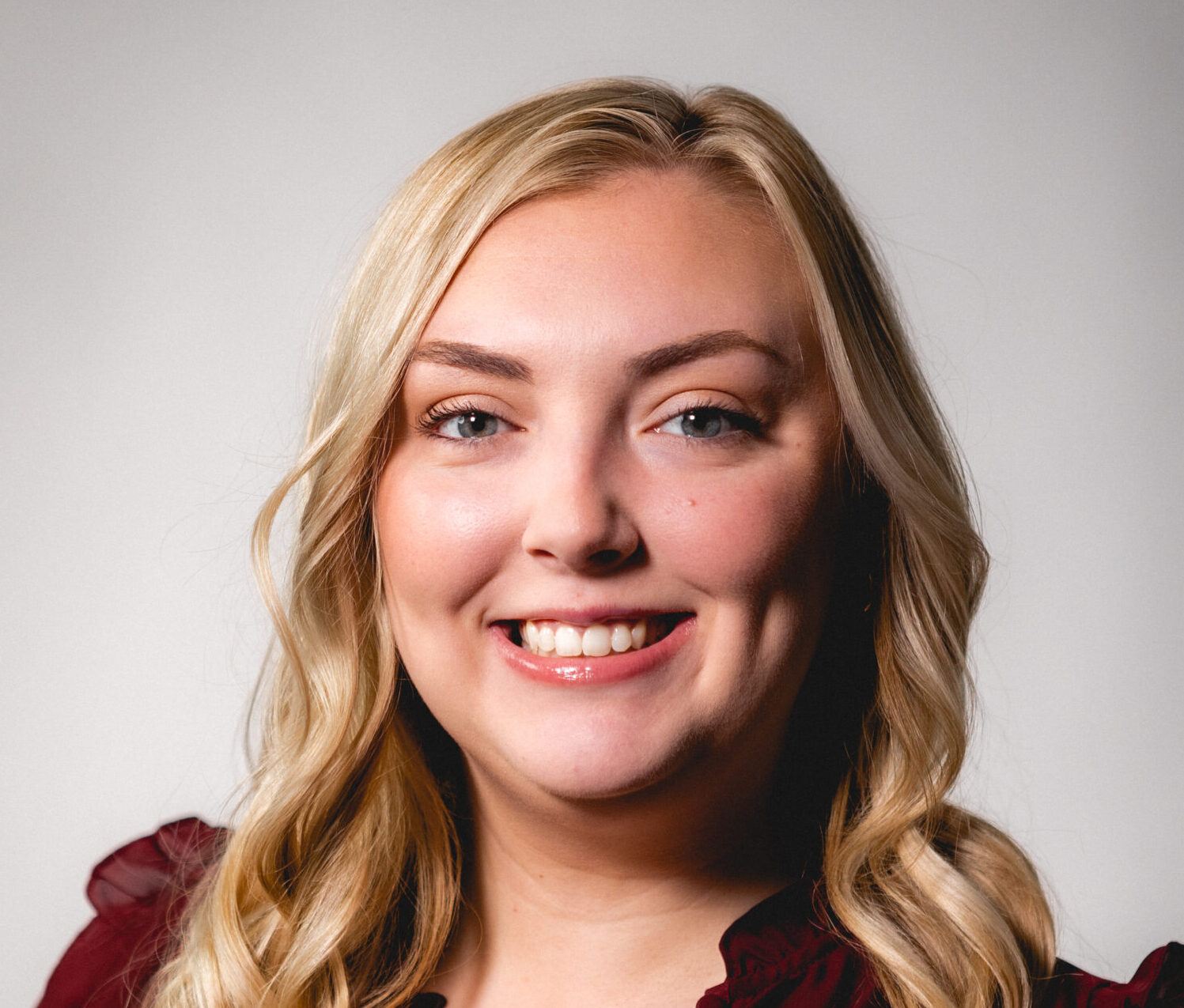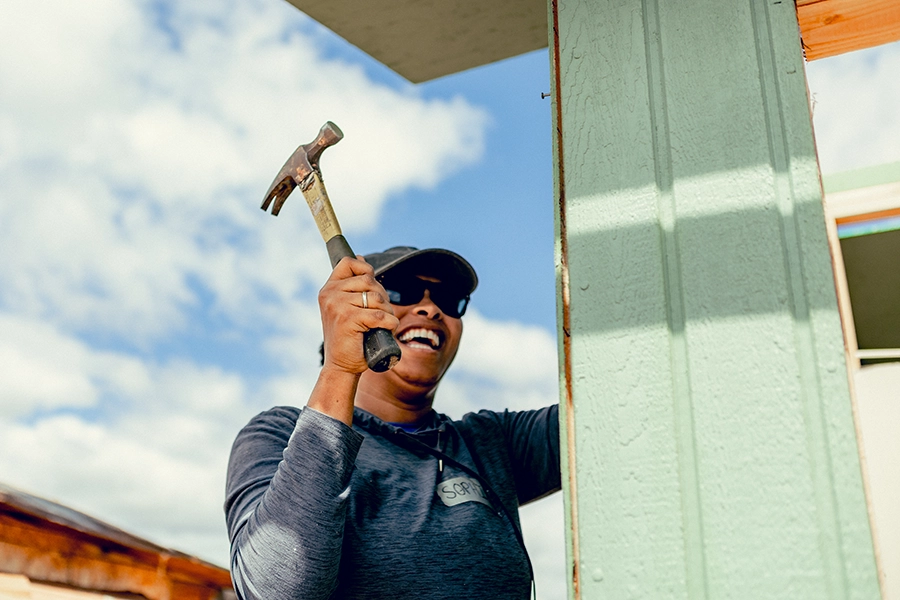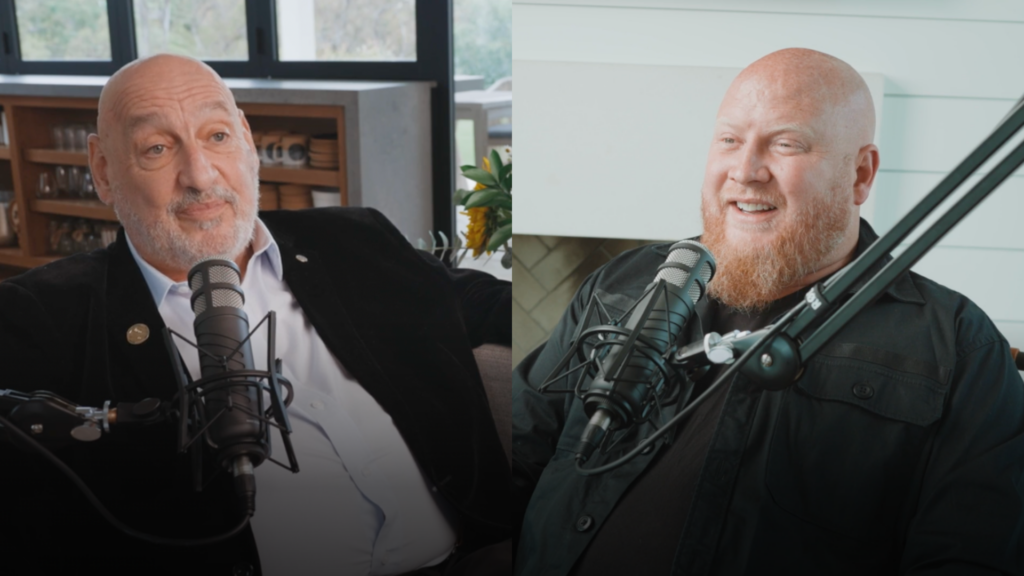At Titus Talent, we often tell our recruiting partners that it’s all about getting the right people in the right seat. Most of them wholeheartedly agree, and yet they’re just focused on half of that message. They want the right people.

We get that. It totally makes sense to us, but there’s another part to that phrase. It might even be the most important part – and that’s the chair. It shouldn’t seem like the novel approach that it is, but today’s environment makes it extremely easy to forget about the chair entirely.
The Recruiting Chair
So, let’s define that chair. We think of the chair as the job, the position, or the title. Before you sit somebody down at your company table, you need to know what they’re going to be doing, what their duties are, and where they fit in the organization.
The chair is not a job description that you dug up from the last time you hired for this job title. It’s tempting to take the easy road and just use an old job posting. We admit, that might have been the way to go in 1990. It sure is easy and it feels like you’re doing the right thing. But we’ve advanced a lot in 30 years and you’re looking for so much more in your new hires.
Throw away all those old job descriptions and take a look at this particular chair. What will that person be doing, what skills will they ideally bring to the table, what motivates them, and what core beliefs do they need to align with to successfully occupy that chair?
Yes! If this suddenly sounds like work – it is. This is not something that should be taken lightly because it is one of your predictors of success. The more you define that chair, the happier you will be with your recruiting process and, quite honestly, the happier your new hire will be.
How to Define the Right Seat
Not quite sold on the importance of defining that seat just yet? That’s because you don’t know how to do it. We’re not ones to hold back information and keep secrets, so here are the key steps you need to define the seat.
We know so many companies inspired by EOS® are self-implementing, and in general rally behind a “we can do it ourselves” mentality. Please, borrow our process and trainings as often as you want, and don’t miss our free webinars or training opportunities.
Essential Meetings: If you’re doing this internally, we suggest setting two 1-hour meetings and a weekly touch point with your hiring team.
- Kick-Off Meeting. When we kick off with a new EOS® client, we send the pre-kick-off survey, and ask that all stakeholders for the role answer and/or look at the questions in preparation for our first meeting. Stakeholders are defined as someone who will be part of the hiring process from a subordinate to the role to the hiring manager. The Kick-off meeting is one hour and includes: Titus (Account Manager, Consultant, Relationship Manager, and PI Expert) and Company (main point of contact and stakeholders). The goal of this kick-off meeting is to have a clear benchmark for the chair/seat.
- Calibration Meeting. We cannot start the search until we have a Performance Profile which articulates the role’s top 3-5 performance objectives, a description of the company, how this role is paramount to the success of the business and the characteristics (head, heart, and briefcase) related to finding the ideal candidate. One key moment in the calibration meeting is to show potential candidates to the decision-makers AS EARLY AS POSSIBLE in the process. Theories about people are great, but you get to the heart of what people want much faster when you ask them to analyze a sample candidate.
- Weekly Update Calls. Following the calibration meeting, we set a 30-minute, weekly meeting that continues throughout the search. During this meeting we share updates on the candidates we have come in contact with and share strategies we are implementing for the search.
That’s helpful, right? Now you have a much better idea of how to define the seat. Let’s go a step further and look at an example.
Example: Recruiting an EOS Integrator
If your company is running on the EOS® model and need to hire an Integrator, you know that this is a key role. The Integrator can fall under many titles like President, COO, General Manager, Chief of Staff, and the like. They’re a big player in the leadership team and hiring the right person for that seat is clearly crucial. Any bad hire can take any company back, and hiring a bad integrator can especially topple the team.
While the Integrator role is key in any company, the actual duties and job that person will perform, and the industry experience required is all a little different based on the company.
EOS® is designed for companies of 10-250 employees. Oftentimes in smaller companies the Integrator can be in two seats until the company grows and scales. You might have a real need for expertise in a certain seat. As you are building out the performance profile of your Integrator, consider the scope of what you expect out of your Integrator’s top 5 responsibilities, and what career pathing will look like for that seat.
Industry experience is another important element to discuss in calibrating the role and something we enjoy consulting companies running on EOS®. Check out our pre-kickoff survey for a guide to questions we cover in our consulting. If you are interested in reviewing a sample Performance Profile for an Integrator, connect with us.
In some industries or for companies running on EOS®, the Integrator performance profile might not require specific industry expertise or sit in two seats. In these cases, you are looking for an EOS® and business master. These seasoned Integrator candidates are “plug and play” across any industry.
The Seat is Defined!
Finally, it’s clear what you need to do to define the seat. Now, how do you go about finding the right person to sit there? If you’re reaching for that old job description again – STOP! Burn that thing if you have to. You have the description right there in your seat definition. It just needs some tweaking before you can present it to candidates but that’s where the next hurdle is – finding top performers / candidates.
TITUS INSIGHTS
Refreshing perspectives and practical expertise from the Titus team.
Committed To Radical Generosity
Our dedication to radical generosity keeps us focused on what matters most, and it allows us to make a trusted and lasting impact on the world around us. It’s the foundation of our culture and our partnerships.



